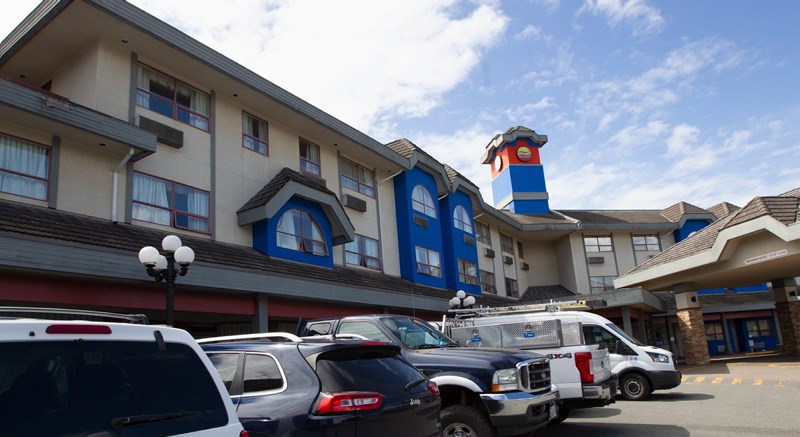British Columbia’s Housing Ministry has a set list of accomplishments that get included in most of the announcements the government makes about “tackling” homelessness.
They leave the impression that progress is being made.
But Social Development Minister Shane Simpson corrected that impression recently in the legislature. His straightforward answers to questions suggest any impression of progress is an illusion. More homeless people are being housed, but still more homeless people are appearing.
Exact counts are hard to get, but homelessness could be getting worse in B.C., not better. Anyone who walks through Beacon Hill Park would be inclined to agree with the assessment he provided.
Simpson’s ministry is responsible for the homeless people, not their housing. But he was asked about tent cities and he responded forthrightly.
He said there are still 40 of them in B.C. That’s despite major efforts to provide new options, including a pandemic emergency response to shut down some of most problematic ones. There’s a sustained provincewide effort to house the profoundly challenged people huddled in them. But it’s not showing up in the counts.
He said there are between 1,000 and 1,200 people in those 40 camps, although it’s not clear how many are homeless and how many “are there for activist purposes as well.”
The first B.C.-wide homeless count in 2018 came up with a number: 7,655. But there are a number of cautions about how reliable it is.
By this year, the number of localized counts had grown to 28 separate efforts that are all part of the mix. About half were completed before the pandemic prompted suspension.
“Indications are … that the numbers are going up,” he said. “I do believe that they are going to be higher.”
It’s not just there more intensive counts. “The reality is the numbers are increasing.… ”
That’s despite expensive efforts going back years to make a difference.
Here’s just a sampling of major moves made by two different governments just in Greater Victoria over five years:
• June 2 — Paul’s Motor Inn on Douglas Street (about 75 rooms) was purchased for $15 million, for supportive housing.
• May 15 — Comfort Inn, off Blanshard Street (65 rooms), was purchased for $18.5 million.
(The two deals were part of the emergency response that got 344 people out of camps that were spiralling out of control on Pandora Avenue and at Topaz Park.)
When the previous government faced a problem with the Victoria law courts homeless camp, it responded similarly, buying the Mount Edwards facility on Vancouver Street for $3.6 million, opening the former youth detention centre in View Royal and then buying the Central Care Home on Johnson Street (140 units), for $11.2 million.
The current government has made identical moves in Vancouver, spending about $92 million in the month of June alone on three hotels there, including a Howard Johnson’s. The same play has been repeated around B.C., to smaller degrees.
They motels and hotels are converted into comprehensive care facilities, with addiction the main focus.
Simpson: “I would say that … 90 per cent of the folks who came in were struggling with addiction. The numbers in Victoria are a little bit less, but not a lot less. We’re talking very broad challenges here on addiction. On the mental health side, the expectation is even more significant numbers than on the addictions side.”
So there are safe-injection sites at some of the former hotels, and safe supply — by way of prescriptions — is being ramped up.
The clients are immeasurably better off.
But the impression is that there is a long line of deeply troubled people who just take their place on the streets and parks. You don’t solve homelessness anywhere until you solve it everywhere.
The outright frightening scene on Pandora Avenue has been subdued. But the people have migrated into Beacon Hill Park and other spots.
They’re more socially distanced for the pandemic, which is a plus. But they’re also socially distanced in a negative sense — disconnected from the rest of society and prompting skyrocketing crime reports.
It’s dismaying to see such a concerted, sustained and expensive effort to solve a problem wind up just moving it to different parts of town.
- - -
To comment on this article, send a letter to the editor.
• Email: letters@timescolonist.com
• Mail: Letters to the editor, Times Colonist, 2621 Douglas St., Victoria, B.C. V8T 4M2.
Letters should be no longer than 250 words and may be edited for length, legality or clarity. Avoid emailing your letter as an attachment. Please include contact information; we require your first and last name and the municipality where you live for the letter to be considered for publication.



